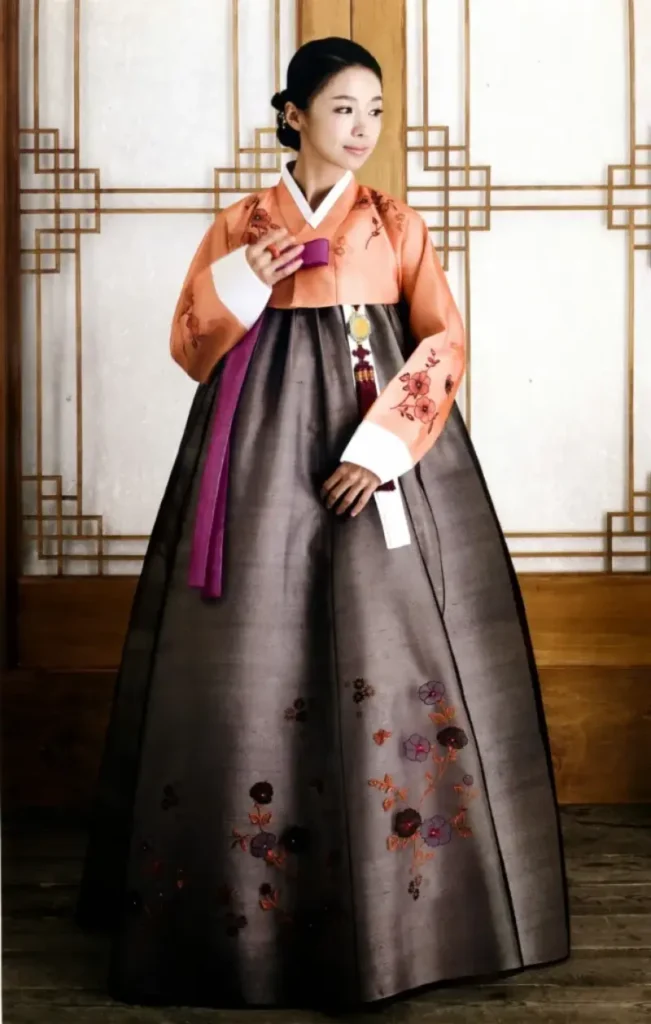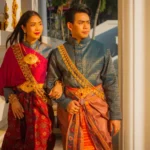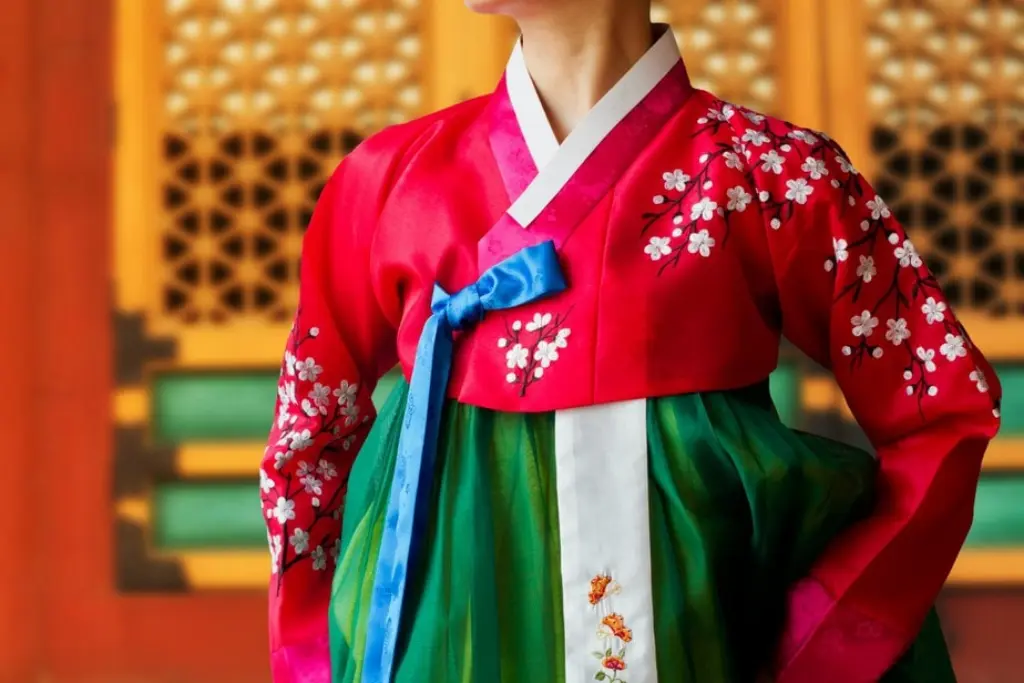What is the Hanbok? A Brief Introduction
The Hanbok is the traditional attire of Korea, embodying over 1,600 years of cultural heritage. Known for its vibrant colors, simple lines, and unique patterns, the Hanbok reflects the rich history and values of Korean society.
It is more than just clothing—it’s a representation of identity, status, and aesthetic expression. Today, the Hanbok remains a cherished symbol of Korean pride, often worn during holidays, celebrations, and cultural events.
A Glimpse into the History of Hanbok

The origins of the Hanbok trace back to the Three Kingdoms Period (57 BCE–668 CE). Influenced by nomadic lifestyles and neighboring cultures, the Hanbok evolved into a distinct style during the Joseon Dynasty (1392–1897). Over centuries, the attire adapted to social hierarchies, climate, and function, becoming a sophisticated expression of Korean culture.
Hanbok Through the Eras
- Three Kingdoms Period: Basic, functional designs with influences from China.
- Goryeo Dynasty: Introduction of luxurious silk and more elaborate embroidery.
- Joseon Dynasty: Defined the Hanbok’s classic aesthetic, emphasizing modesty and elegance.
While modern adaptations of the Hanbok exist, its traditional form continues to inspire awe and admiration.
See also Traditional Thai Clothing: The Splendor of Chut Thai
Traditional Thai Clothing: The Splendor of Chut ThaiComponents of the Hanbok: A Closer Look
The Basic Parts of the Hanbok
- Jeogori (Upper Garment): A short jacket with delicate lines, worn by both men and women.
- Chima (Skirt): A full, high-waisted skirt for women, symbolizing grace and femininity.
- Baji (Pants): Loose-fitting trousers for men, designed for comfort and movement.
Accessories and Embellishments
The Hanbok is often accompanied by accessories like the Gat (hat) for men, Norigae (pendants) for women, and ornate hairpins that enhance its beauty.
Symbolism in Hanbok Colors and Patterns

Color in the Hanbok is not merely decorative but symbolic. Bright hues represent youth, vitality, and happiness, while subdued tones signify maturity and dignity. Patterns like lotus flowers or phoenixes reflect status, aspirations, and cultural beliefs.
- Red: Passion and good fortune.
- Blue: Harmony and hope.
- Yellow: Centrality and balance.
- White: Purity and honesty.
- Black: Wisdom and stability.
Hanbok for Different Occasions
Ceremonial Hanbok
Special designs for weddings, funerals, and ancestral rituals emphasize formality and respect. The hwarot (bridal robe) and samo-gwanda (official’s attire) showcase intricate craftsmanship.
Daily Hanbok in Historical Context
Historically, ordinary Koreans wore simpler Hanbok made from hemp or cotton. Today, these practical versions inspire modern adaptations.
See also Traditional Indonesian Clothing: The Timeless Art of Batik
Traditional Indonesian Clothing: The Timeless Art of BatikCraftsmanship Behind the Hanbok
Creating a Hanbok is a meticulous process that combines traditional techniques and modern artistry. From weaving silk to hand-sewing intricate patterns, every Hanbok is a testament to skill and dedication. Artisans often infuse personal touches, making each piece unique.
Modern Revival of the Hanbok
Hanbok in Contemporary Fashion
Designers are reimagining the Hanbok for modern audiences, blending traditional elements with current trends. From casual wear to haute couture, the Hanbok has found a place in global fashion.
Hanbok in K-Drama and Pop Culture
Popular K-dramas and global K-pop icons frequently feature Hanbok, sparking international interest. Shows like Kingdom and stars like BTS have brought this timeless attire to the global stage.
Why Hanbok is Loved Worldwide
The Hanbok’s universal appeal lies in its elegance and cultural significance. Tourists visiting Korea often experience the joy of wearing a Hanbok while exploring historical sites like Gyeongbokgung Palace, creating unforgettable memories.
Tips for Wearing a Hanbok
- Choose a design that complements your body shape.
- Wear traditional undergarments for an authentic fit.
- Pair with minimal accessories to let the Hanbok shine.
Whether you’re attending a Korean wedding or posing for photographs, understanding these tips enhances the experience.
The Role of Hanbok in Cultural Preservation
Efforts to preserve the Hanbok include government initiatives, private workshops, and global campaigns. Programs like Hanbok Day celebrate this attire’s enduring legacy, ensuring it continues to thrive in a rapidly modernizing world.
Sustainability in Hanbok Design
Eco-conscious designers are now crafting Hanbok using sustainable materials and ethical practices. These innovations honor tradition while addressing environmental concerns, making Hanbok relevant for future generations.
Experience the Hanbok Yourself
If you visit Korea, don’t miss the chance to wear a Hanbok. Many rental shops near cultural landmarks provide options for every taste, allowing you to step into history and immerse yourself in Korean culture.
Final Reflections on the Beauty of Hanbok
The Hanbok is more than clothing; it is a bridge between Korea’s past and present. Its enduring charm and cultural significance make it a symbol of pride and artistry. Whether in a museum, on a runway, or in your wardrobe, the Hanbok’s legacy shines brightly, inviting the world to appreciate its timeless elegance.
